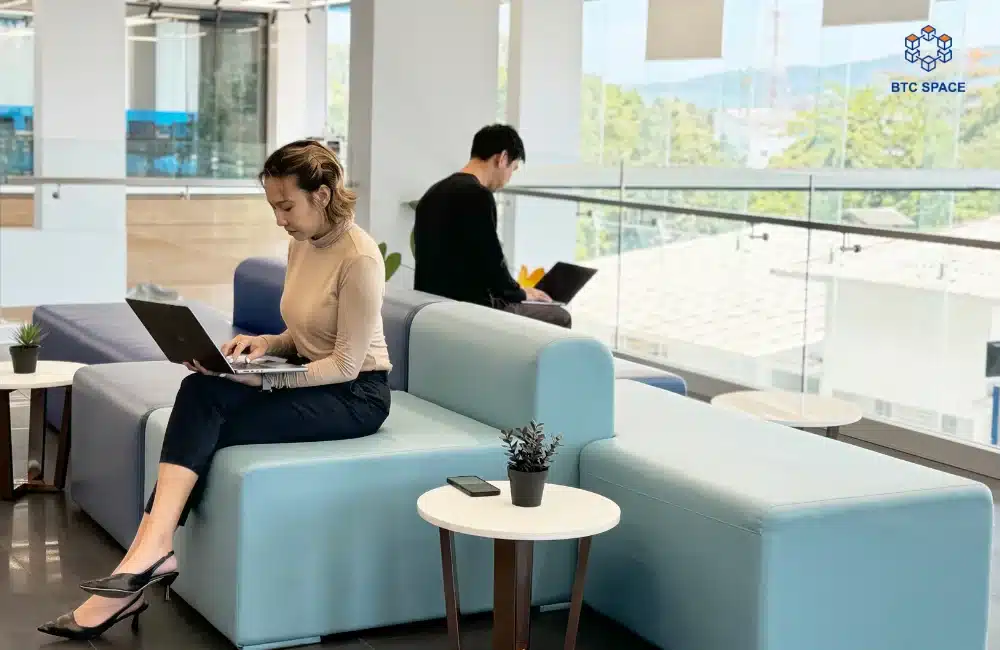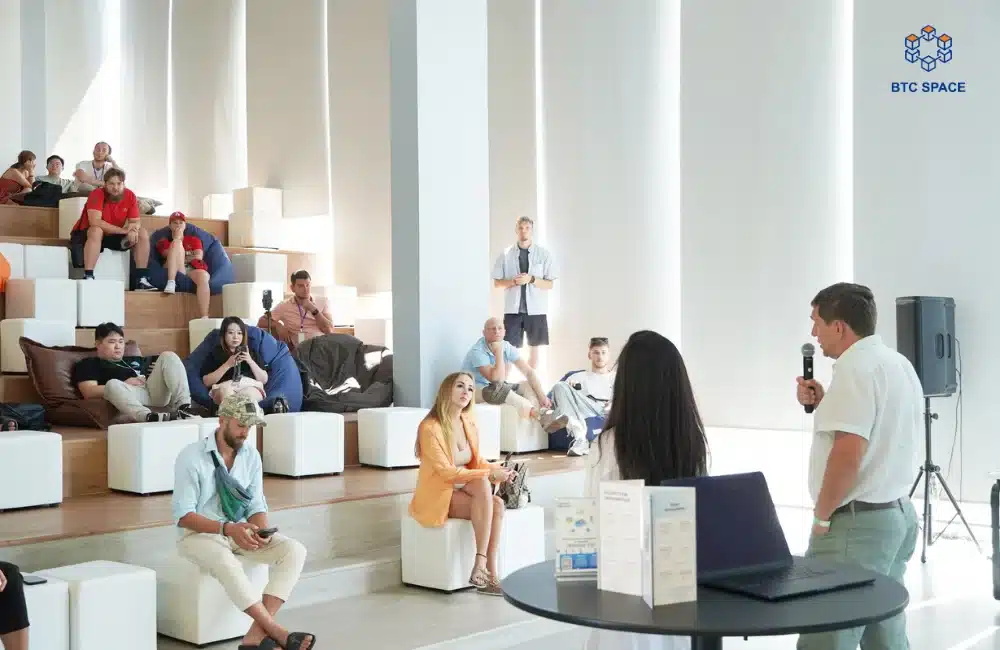Learning how to be productive at work isn’t about cramming more tasks into your day—it’s about working smarter, not harder. With the right strategies and mindset shifts, you can transform your workday from chaotic to controlled, from scattered to strategic.
Table of Contents
Why Managing Time and Energy Matters
Understanding how to be productive starts with recognizing that productivity isn’t just about time management—it’s about energy management too. Your focus and mental clarity naturally fluctuate throughout the day, influenced by your biological rhythms, work environment, and daily habits. When you align your most challenging tasks with your peak energy hours and create systems that support sustained focus, you’ll discover that being productive becomes less of a struggle and more of a natural flow.
How to Be Productive: 10 Proven and Practical Tips
Mastering how to be productive at work requires more than good intentions—it demands actionable strategies you can implement immediately. These 10 following tips aren’t theoretical concepts; they’re practical tools designed to help you reclaim your time, reduce workplace stress, and achieve better results with less effort.
1. Start With Your Daily “Big 3” Tasks
Learning how to be productive begins with ruthless prioritization. Instead of overwhelming yourself with a 20-item to-do list, identify your three most important tasks each day. These should be the tasks that, if completed, would make your day feel successful regardless of what else happens. Focus on impact over quantity—one meaningful task completed is worth more than five minor ones left half-finished.
Workshop Practice: Write your Big 3 on a sticky note each morning and place it where you can see it throughout the day.
2. Create a Distraction-Free Workspace
Your physical environment directly impacts how productive you can be. A cluttered, noisy, or uncomfortable workspace drains your mental energy and makes it harder to maintain focus. Whether you’re in a traditional office space or utilizing a modern co-working space, take control of what you can. Position yourself near natural light, invest in noise-canceling headphones if needed, and keep only essential items within arm’s reach.
Self-Test: Declutter one area of your workspace for 10 minutes and notice how it affects your ability to concentrate.
3. Time Blocking
Time blocking is a powerful technique for those learning how to be productive with their schedule. Instead of leaving your day to chance, assign specific time slots to different types of work. Block out your morning hours for deep, creative work when your energy is highest, and reserve afternoons for meetings, emails, and administrative tasks. This approach prevents the constant task-switching that kills productivity.
Practice Exercise: Create a time-block schedule for tomorrow, dedicating specific hours to your most important projects.
4. Silence the Noise: Manage Digital Distractions
Digital distractions are among the biggest obstacles to learning how to be productive in today’s workplace. Every notification pulls your attention away from meaningful work, and research shows it can take over 20 minutes to fully refocus after an interruption. Take control by turning off non-essential notifications, using website blockers during focused work sessions, and designating specific times for checking email and messages.
Mini-Challenge: Try a 90-minute no-phone deep work session and observe how much more you accomplish.
5. Batch Similar Tasks Together
Task batching is an essential skill for anyone wanting to know how to be productive efficiently. Instead of answering emails throughout the day, dedicate specific time blocks to email management. Group all your phone calls together, batch your administrative work, and handle similar creative tasks in sequence. This approach reduces the mental energy lost in constantly switching between different types of thinking.
Try This: Batch and complete all your admin tasks in one 30-minute slot instead of spreading them throughout your day.
6. Automate the Repetitive Stuff
Modern professionals who understand how to be productive leverage technology to handle routine tasks. From automated email responses to scheduling tools and task management systems, automation frees up your mental bandwidth for high-value work. Look for repetitive processes in your workflow and explore tools that can handle them without your constant input.
Workshop Prompt: List 3 repetitive tasks you could automate this week, then research tools to make it happen.
7. Delegate Without Micromanaging
True mastery of how to be productive often means recognizing what you shouldn’t be doing yourself. Effective delegation isn’t about dumping tasks on others—it’s about matching work to the right people and trusting them to deliver. Provide clear expectations, necessary resources, and deadlines, then step back and let your team members use their skills.
Roleplay Exercise: Practice delegating one real task to a team member, focusing on clarity rather than control.
8. Schedule Regular Mental Breaks
Counterintuitively, taking breaks is crucial to understanding how to be productive over the long term. Your brain needs recovery time to maintain peak performance. Short, regular breaks prevent mental fatigue and actually improve your ability to focus when you return to work. Step away from your screen, take a walk, or simply sit quietly for a few minutes.
Try It Now: Set a timer—45 minutes of focused work followed by a 10-minute break, and notice the difference in your energy levels.
9. Review and Refine Your Workflow Weekly
Continuous improvement is key to mastering how to be productive sustainably. Spend 15 minutes each week reviewing what worked well and what didn’t. Which tasks took longer than expected? What distractions derailed your focus? Use these insights to adjust your approach and systems for the following week.
Workshop Task: Create a simple weekly review checklist with questions about your productivity wins and challenges.
10. Put Your Health First to Stay Sharp
Your physical well-being directly affects how productive you can be mentally. Poor sleep, inadequate nutrition, and lack of movement all impact your cognitive function, decision-making ability, and energy levels. Prioritize getting enough sleep, eating regular meals, staying hydrated, and incorporating movement into your day—even short walks can boost your productivity significantly.
Personal Challenge: Set one wellness goal this week, like sleeping at least 7 hours, taking a daily walk, drinking more water, and tracking how it affects your work performance.
Conclusion: Productivity Is a Practice, Not Perfection
Learning how to be productive at work is an ongoing journey, not a destination you reach once and forget about. These strategies work best when you implement them gradually, allowing each habit to take root before adding the next. Remember, the goal isn’t perfection—it’s progress. Start with one or two techniques that resonate most with you, and build from there.
Whether you’re considering a dedicated office space for your growing team or exploring the flexibility of a co-working space, your environment plays a crucial role in your productivity journey. At BTC Space, we understand that productive professionals need more than just a desk—they need an inspiring, well-equipped environment that supports focused work and collaborative success.
Ready to take your productivity to the next level? Experience how the right workspace can transform your work performance at BTC Space.




